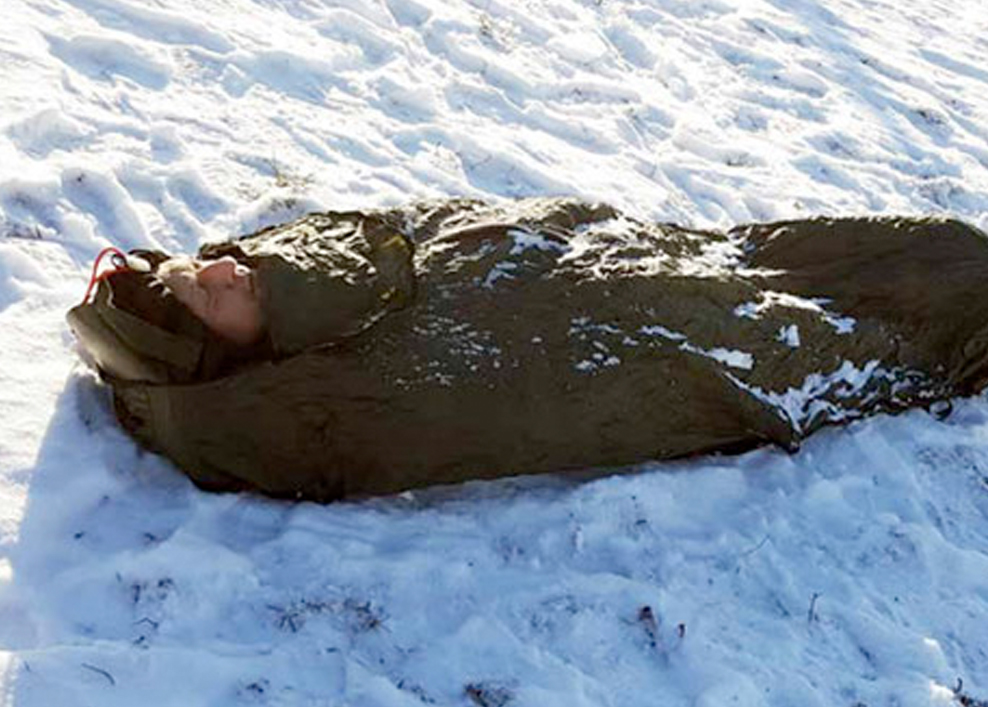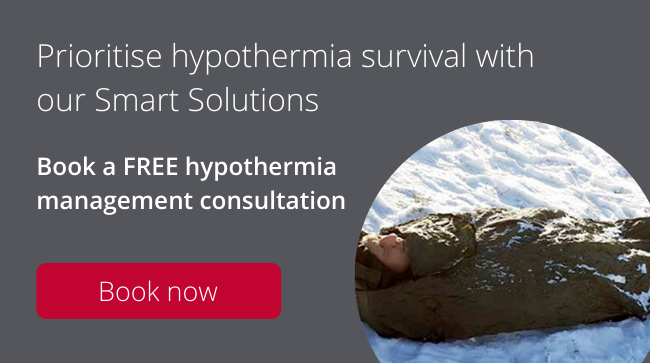
07/08/2023
The challenges of preventing hypothermia in remote areas
Hypothermia can be caused by exposure to cold weather, water or wind, or when a casualty is suffering from severe blood loss after sustaining trauma. Because hypothermia can lead to serious complications, including cardiac arrest, respiratory failure, and death, it’s vital that it is promptly treated to maximise the patient’s chance of survival.
When dealing with a casualty in an isolated location, it’s imperative that rapid action is taken to prevent hypothermia from occurring. In this article, we’ll explore the challenges posed by remote areas and how to combat the dangers of hypothermia.
Why hypothermia poses an increased risk in remote areas
Hypothermia treatment is particularly challenging in remote areas, where there can be limited resources such as shelter, clothing and food. Communications infrastructure may be poor or non-existent, making it harder to summon help, while the rugged terrain and adverse weather conditions can make it more difficult to remove a casualty to safety quickly.
Hypothermia prevention in remote areas and austere environments is crucial, and steps should be taken immediately. Much of the success in addressing the condition will be down to how you prepare. The following areas should be considered;
- What level of shelter from the environment can you access? Can you carry one, such as an emergency bothy? Are there buildings in your operating area, or is there material available to improvise a shelter?
- How would you address adequate passive insulation of your casualty? Do you have the correct levels of insulation for the climate you are operating in? Are you addressing all forms of heat loss, especially conduction heat loss to the ground?
- What are your plans to create active heat, especially if you have to address trauma-induced hypothermia? Will you take specialist equipment with you, such as chemical heating blankets, or will you have to improvise with hot water bottles?
- Do you have a plan for prolonged care? Will you be able to monitor your casualties condition? How will you keep them dry? If your casualty is immobile, what is your plan to address toilet requirements?
- What is your rescue plan? Is your option to wait for rescue, or will you look to organise your own evacuation to safety?
As can be seen with the points noted above, for a successful response a significant element of planning should be in place. Often operating remotely you will not have the perfect solution but by spending time thinking through potential issues will often give you the best response for the situation you find yourself in.
Passive insulation
At TSG Associates, we have developed the Xtract™SR Heatsaver to ensure that casualties at risk of hypothermia are afforded effective protection and comfort during a medical evacuation. Tested in cold rooms and supervised by medical experts, our passive insulation solutions are small and lightweight to carry when not in use, but provide effective resistance to cold, wind and rain to keep your casualty protected.
Find out more
For more information, please contact TSG Associates by sending our team a message.












